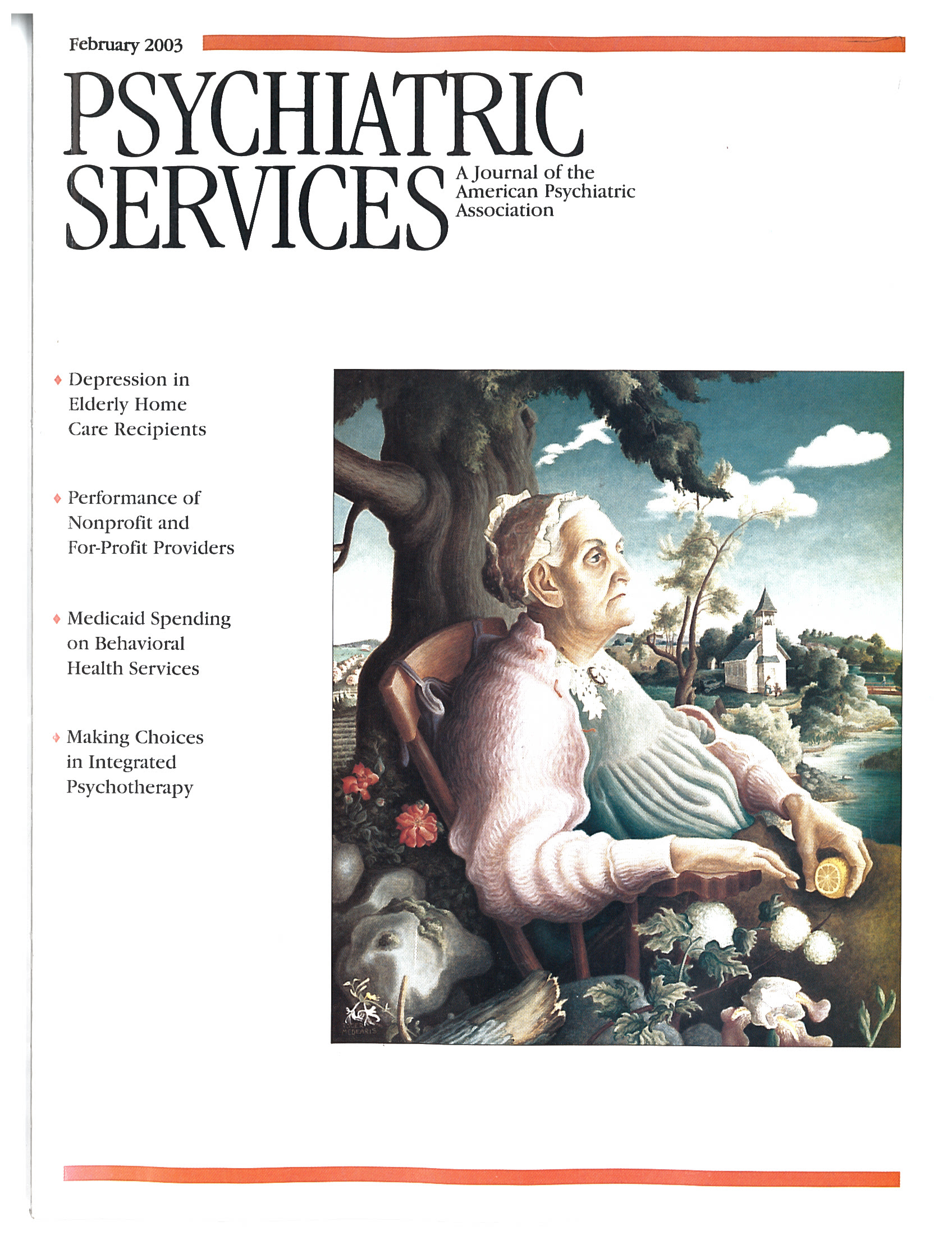Specific Learning Disabilities and Difficulties in Children and Adolescents: Psychological Assessment and Evaluation
Learning disorders are included in DSM-IV and are commonly encountered in clinical practice in association with attention-deficit hyperactivity disorder, conduct disorder, and other conditions. Specific Learning Disabilities and Difficulties in Children and Adolescents helps clarify this often confusing topic by providing descriptions of traditional and newer methods for evaluation of intelligence and learning disabilities as well as addressing controversies in these fields. The book's editors, Alan S. Kaufman and Nadeen L. Kaufman, are the authors of well-known assessment instruments for children and adults, and several other of the book's contributors are the authors of the tests they describe.
A historical overview by Margaret Jo Shepherd delineates the various perspectives that shaped the definitions of specific learning disabilities, in terms of both federal law and DSM-IV. Chapters on assessment tools include descriptions of the tests, theoretical underpinnings, psychometric properties, test items, and interpretation of results. Case studies demonstrate the application of the tests.
Gary Groth-Marnat focuses on the Wechsler intelligence scales, which he describes as being among "the most extensively used and time-honored tools in learning disabilities assessment." He emphasizes the importance of the Full Scale IQ as "the best overall indicator of a person's ability" and highlights the limitations of profiles based on subtests.
Other chapters present cognitive and neuropsychological alternatives to the Wechsler scales, including the Kaufman tests, the Woodcock-Johnson tests, the Halstead-Reitan test, and the NEPSY, a recently developed test of neuropsychological function.
Reuven Feuerstein and Raphael S. Feuerstein contrast the concept of "dynamic assessment" of the "modifiability" of cognitive functions with the more traditional "psychometric definition of intelligence as a stable trait" and explore the implications for assessment of "culturally different and deprived children." Otfried Spreen examines the relationship between learning disabilities and "the accumulating evidence for neurological impairment."
The book concludes with a chapter in which the editors address controversies regarding the use of IQ tests and the IQ-achievement discrepancy in the definition of learning disabilities.
Overall, the chapters that describe assessment tools are clear and well written and will serve as useful references for clinicians in mental health and related disciplines beyond information available in standard textbooks. The chapters that have a more theoretical focus are likely to be of greater appeal to those with specialized interests. Both groups of readers will find this book to be a balanced presentation of the polemicized areas of intelligence testing and learning disabilities.
Dr. Kleban is chief resident in child and adolescent psychiatry and Dr. Abright is chief of the child and adolescent psychiatry service at Saint Vincent's Catholic Medical Center in Manhattan.



